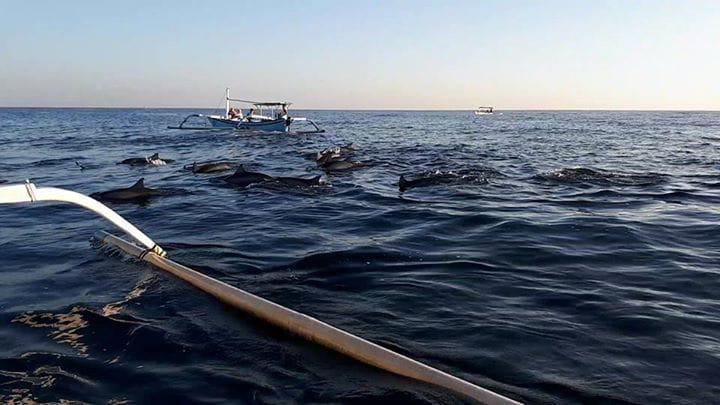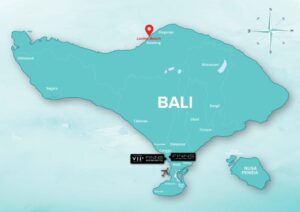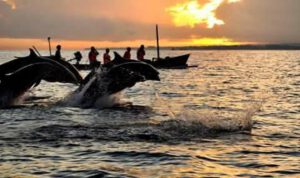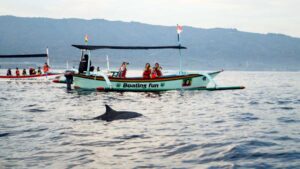Dolphin behavior in Lovina have long fascinated humans with their intelligence, playfulness, and seemingly deep connection to the ocean. In Lovina, Bali, one of the best places in the world to observe these magnificent creatures, many visitors are eager to catch a glimpse of dolphins in their natural habitat. But what do these marine mammals think of us as we observe them from the boat? Understanding dolphin behavior in Lovina and the dynamics of the interaction between dolphins and humans in Bali can help us appreciate these creatures even more.
Dolphin Behavior in Lovina: A Window into Their World
Dolphins are highly social animals, often seen swimming in groups, known as pods. Their behavior can vary from playful jumps to serene swimming, and sometimes they even engage in synchronized movements, displaying a level of communication and intelligence that fascinates researchers. In Lovina, these creatures are accustomed to the presence of boats, yet they often choose how and when to interact.
Dolphins may be seen swimming alongside boats, leaping through the waves, or surfacing to take a breath, often curiously observing humans. While they are undoubtedly intelligent, their responses to human presence vary. Some dolphins may seem intrigued by the boats, while others appear indifferent or continue with their natural activities. Understanding their behavior in Lovina is crucial for ensuring that interactions remain respectful and that the animals are not disturbed.
The Interaction Between Dolphins and Humans in Bali
The interaction between dolphins and humans in Bali is a unique one, as the warm waters of Lovina provide the perfect environment for dolphin-watching tours. Tourists flock to the area to observe these playful creatures, but how does the presence of humans affect them?
Dolphins in Bali, especially around Lovina, are often seen as willing participants in human interactions. They may swim close to boats, showing off their acrobatic skills or simply gliding through the water with grace. Some theories suggest that dolphins may even recognize humans as potential playmates, engaging with boats in a playful manner. However, their behavior is not always predictable. Some dolphins may choose to avoid boats altogether, preferring to keep their distance.
The level of interaction between dolphins and humans in Bali depends largely on the behavior of the people around them. Responsible operators ensure that tourists maintain a respectful distance, allowing the dolphins to decide whether they wish to approach. It’s essential for tour operators and tourists alike to recognize the importance of preserving the dolphins’ natural environment and not forcing interactions that could cause stress or harm.
Why Respecting Dolphin Behavior is Key to a Positive Experience
While the interaction between dolphins and humans in Bali can be magical, it’s important to understand that these animals are wild creatures with their own rhythms and needs. By respecting dolphin behavior in Lovina and understanding their preferences, tourists can contribute to a sustainable and enjoyable experience for both humans and dolphins. Keeping noise levels down, maintaining a safe distance, and avoiding chasing or disturbing the dolphins all contribute to preserving the harmony of these interactions.
Eco-friendly dolphin tour operators in Bali focus on ensuring that these encounters are both enjoyable for tourists and safe for the dolphins. With responsible tourism practices, we can witness these remarkable creatures without causing them undue stress, helping preserve their natural behavior and habitat for future generations.
Conclusion
The interaction between dolphins and humans in Bali is a remarkable experience, but it’s important to remember that these animals deserve respect and space. Observing dolphin behavior in Lovina can offer insights into their complex social structures and intelligence, allowing us to admire them from the ocean’s view. By ensuring that our presence does not disrupt their natural habits, we can help create a balance between wildlife and tourism, ensuring that these magnificent creatures continue to thrive in the waters of Lovina, Bali.
Keywords used: dolphin behavior in Lovina, interaction between dolphins and humans in Bali






